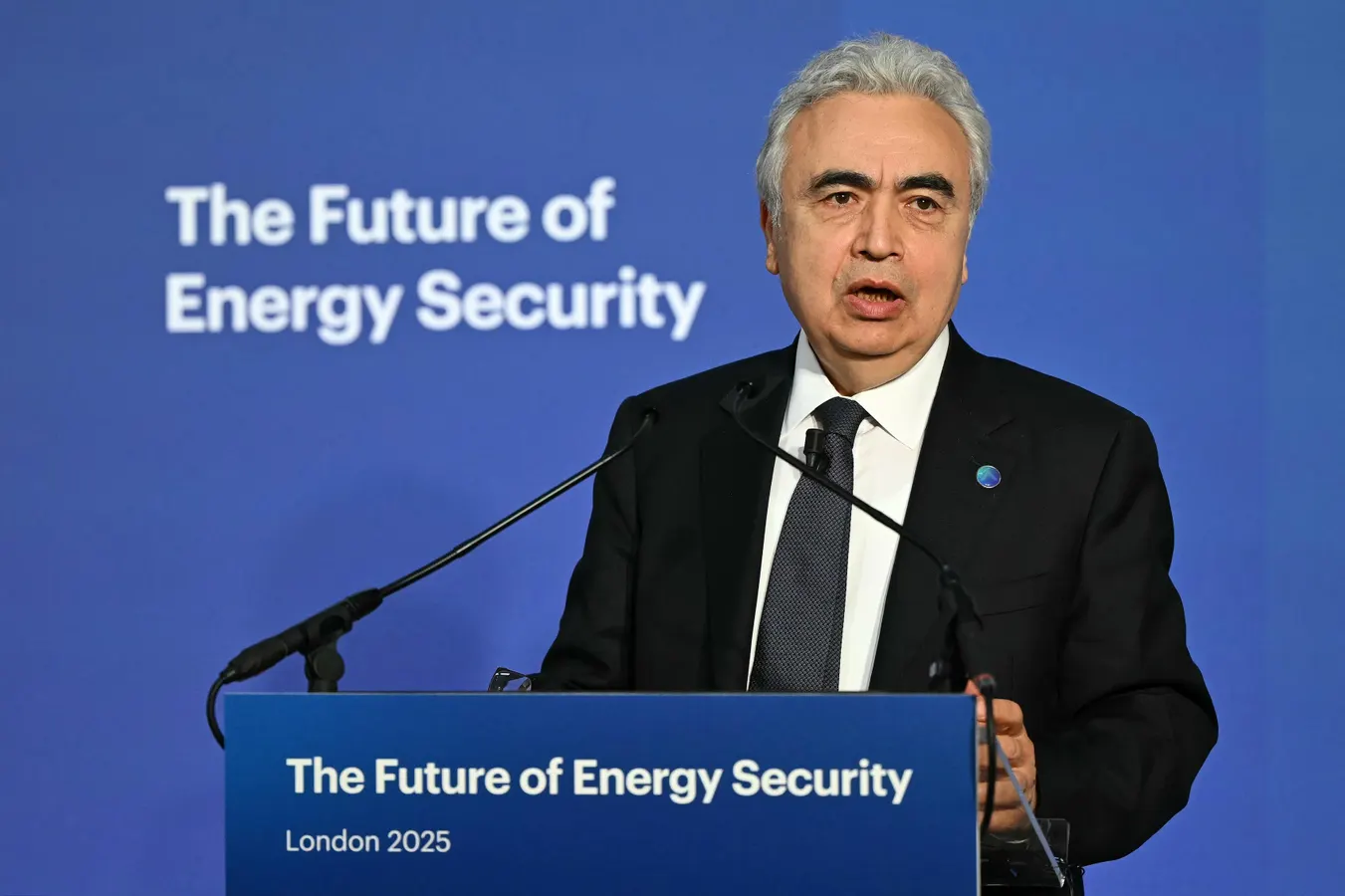Copyright Forbes

In a shift which likely has much to do with pressure from the United States and Energy Secretary Chris Wright, the base modeling scenario in the International Energy Agency’s (IEA) World Energy Outlook for 2025 (WEO) eliminates a controversial projection for peak oil demand coming no later than 2030. In a surprise, IEA’s revised forecast of global demand rising through 2050 brings it right in line with similar projections made by OPEC and ExxonMobil. An Astonishing Reversal By IEA It is an astonishing reversal by an agency whose chief, Fatih Birol, has invested so much personal capital in pushing the peak oil projection in the face of rising criticism since 2023. That was the year in which Birol and IEA rolled out its improbable projection, not only for oil demand, but also for coal and natural gas as part of its 2023 WEO. “Based only on today’s policy settings by governments worldwide — even without any new climate policies — demand for each of the three fossil fuels is set to hit a peak in the coming years,” Birol stated at the time. “This is the first time that a peak in demand is visible for each fuel this decade — earlier than many people anticipated.” Yes, it certainly was “earlier than many people anticipated.” It was in fact earlier than anyone other than the most optimistic boosters of the fading energy transition narrative had dreamed of. The fact that the new peak oil projection followed closely on the heels of the IEA’s 2021 mission shift to serve as another of that army of boosters, in the process abandoning the “current policies” modeling scenario which had previously served as its base set of assumptions, was clearly no mere coincidence, leading directly to the criticism which followed. U.S. Pressure Influences IEA Shift Secretary Wright made clear in a July interview that he would consider pulling U.S. funding for the IEA - 18% of the agency’s entire budget in 2024 - unless Birol and its governing board moved to restore the agency’s original mission of providing accurate, reality-based data about the world’s energy picture. “We will do one of two things," Wright said at the time. "We will reform the way the IEA operates, or we will withdraw.” The Secretary expressed a preference for maintaining U.S. membership as an IEA funder, saying, “My strong preference is to reform it.” MORE FOR YOU Wright’s preference for reform now appears to have become reality. In an apparent nod to U.S. pressure, the “current policies” scenario is restored as the base set of assumptions in this year’s WEO, as IEA had announced earlier this month. Its projection of crude demand rising to 113 million barrels per day by 2050 places the agency in the middle of a range of similar forecasts by OPEC (123 million bpd) and ExxonMobil (105 million bpd). Even the agency’s more aspirational “stated policies” scenario, which assumes the ultimate adoption of carbon reduction mandates by various governments, projects oil demand growth through at least 2035 before reaching a plateau. IEA couches its shift in direction as a nod to the trend of many governments, including the U.S., refocusing on policy actions designed to maintain and enhance energy security over carbon reduction targets. An IEA Nod To Rising Energy Security Priorities “With energy security front and center for many governments, their responses need to consider the synergies and trade-offs that can arise with other policy goals – on affordability, access, competitiveness and climate change,” Birol said, finally acknowledging the clear trend which first emerged in early 2023. As I pointed out at the time, an array of oil industry executives who spoke at the March, 2023 CERAWeek conference in Houston clearly signaled their companies’ intention to move away from previously adopted ESG-focused investments which had harmed their profitability. Instead, they planned to refocus their capital budgets on their core oil and gas business ventures to meet what they believed would be continued rising demand for their products. U.S. giants like ExxonMobil, Chevron and Oxy were early adopters of this revised strategic direction, but were soon followed by European majors like Shell and BP. The IEA’s change in modeling direction in WEO 2025 and abandonment of its peak oil dreams seems a clear concession to this reality. The agency’s resumption of its original mission as a neutral observer and chronicler of the evolving global energy scene and abandoning the cheerleader role it had attempted to assumed will ultimately accrue to everyone’s benefit.



